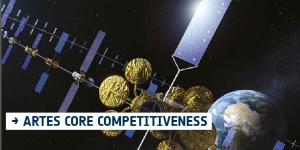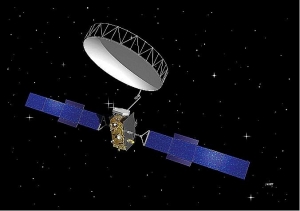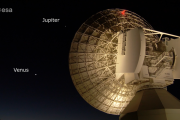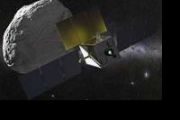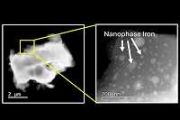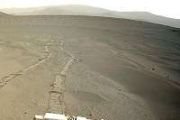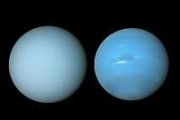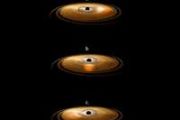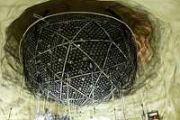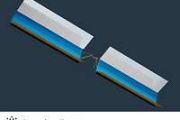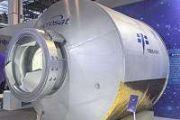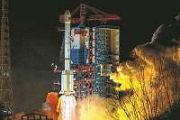Displaying items by tag: ARTES program
ARTES (Advanced Research in Telecommunications Systems)
ARTES is ESA's (European Space Agency) long-running, large-scale program to support the development of advanced satcom products and services. The ARTES program facilitates research and development activities as well as providing a framework for partnerships within the industry with goal of contributing to the development of European and Canadian industries. It assists them in the development of advanced technologies and concepts that form the basis for competitive products and services.
Satellite communications is the economic engine of the space industry, accounting for two thirds of overall space industry revenue. Worldwide data traffic is estimated to grow 800% by 2019, making broadband and data communications services leading growth segments. ESA’s Directorate of Telecommunications and Integrated Applications (TIA) keeps European and Canadian industry at the leading edge of this fiercely competitive global market by nurturing innovation. 1) 2) 3) 4)
Through ESA’s support, industry can pursue research and development that would otherwise not be economically viable. Growing new space-enabled applications and services stimulates the wider economy, creating new business and jobs across almost every sector.
Alphasat I / Inmarsat-XL (Inmarsat-Extended L-band Payload) / InmarSat-4A F4
Alphasat is a mobile communications service spacecraft in GEO of Inmarsat Plc. of London, UK, referred to as Inmarsat 1-XL. It uses the first next-generation European Alphabus platform and carries in addition to the commercial Inmarsat payloads four hosted TDPs (Technology Demonstration Payloads) of ESA (European Space Agency). The Alphabus/Alphasat project is covered by the ARTES-8 (Advanced Research in Telecommunications Systems) European program. The four hosted payloads on Alphasat I are: 1)
• TDP1: An advanced LCT (Laser Communication Terminal) representing a further development of already existing flight hardware on TerraSAR-X, NFIRE and TanDEM-X. The objective is to demonstrate GEO-LEO ISLs (Intersatellite Links) of high data rate transmissions (optical link at 1064 nm, 1.8 Gbit/s user data rate), complemented with a Ka-band payload developed by Tesat Spacecom (Germany). The payload is funded by DLR.
• TDP5: Two experimental Q/V-band communications transponders to assess the feasibility of these bands for future commercial applications - developed by TAS-I and Space Engineering, Italy.
• TDP6: Demonstration of an advanced Star Tracker with active pixel detector - developed by Jenoptik of Germany.
• TDP8: Demonstration of an environment effects facility to monitor the GEO radiation environment and its effects on electronic components and sensors - developed by Effacec (Portugal).

